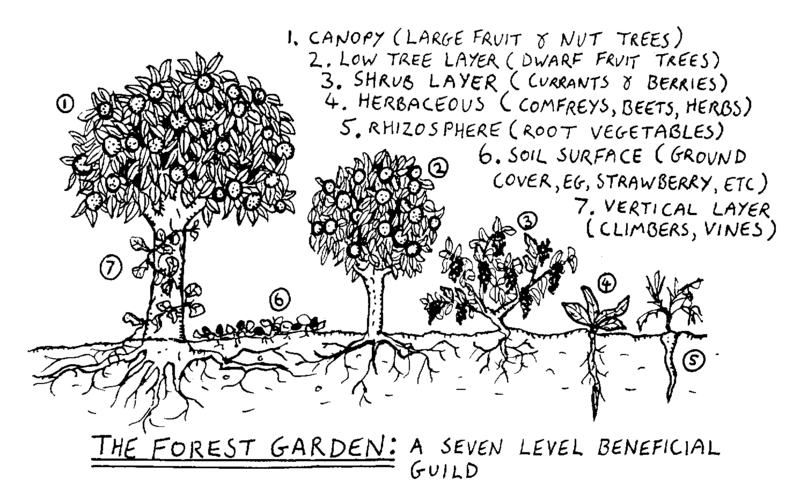Maximize Your Garden, Integrating Flowers and Vegetables

Maximize Your Garden: Integrating Flowers and Vegetables for Beneficial Gardens
Introduction
Gardening enthusiasts often face the choice between cultivating flowers or vegetables. However, blending these two elements in your garden can yield a host of advantages. Integrating flowers alongside vegetables not only enhances the visual appeal but also fosters a balanced ecosystem supporting beneficial insects and promoting natural pest control. This article delves into the techniques and benefits of combining flowers and vegetables to create a more vibrant and productive garden.
Companion Planting Techniques
Companion planting is a strategic approach where different plants are grown together to maximize their mutual benefits. By pairing plants with complementary needs for water, sunlight, and nutrients, gardeners can enhance overall plant health and productivity. For instance, planting basil alongside tomatoes not only deters pests but also enhances the flavor of tomatoes due to chemical interactions between the plants. Similarly, marigolds planted with vegetables like beans or cucumbers can help repel nematodes and other harmful pests, thus improving soil health.
Beneficial Insects
Incorporating a variety of flowers alongside vegetables attracts beneficial insects essential for maintaining a healthy garden ecosystem. Bees, butterflies, and ladybugs are among the beneficial insects that aid in pollination, pest control, and soil enrichment. Flowers such as lavender and echinacea are particularly effective in attracting these insects, which in turn help to manage garden pests naturally. This ecological balance reduces the need for chemical pesticides, promoting a more sustainable gardening practice.
Garden Aesthetics
Beyond their functional benefits, integrating flowers with vegetables enhances the aesthetic appeal of your garden. Mixing different colors, textures, and heights creates a visually pleasing landscape that combines the beauty of blooms with the practicality of edible crops. For example, tall sunflowers or hollyhocks can provide a backdrop to lower-growing vegetables like lettuce or herbs, while vibrant marigolds and nasturtiums add splashes of color throughout the garden beds.
Vegetable and Flower Combinations
Successful integration of flowers and vegetables requires careful consideration of their growth habits and spatial requirements. Plants like climbing beans or sprawling squash benefit from sturdy companions like corn or sunflowers that provide support or shade. Meanwhile, compact herbs such as thyme or oregano thrive alongside bushy vegetables like peppers or eggplants, creating efficient use of garden space while maximizing productivity.
Natural Pest Control
One of the most significant advantages of combining flowers and vegetables is the enhanced natural pest control it provides. Certain flowers emit scents or chemicals that repel pests, reducing the need for chemical interventions. For instance, aromatic herbs like sage or mint deter pests like aphids, while flowers such as marigolds or calendulas repel nematodes and attract predatory insects like ladybugs that feed on harmful pests. This symbiotic relationship fosters a healthier garden environment where plants can thrive without the interference of harmful insects.
Tips for Integrating Flowers and Vegetables
- Choose Plants Wisely: Select plants with similar water, sunlight, and nutrient requirements to ensure compatibility.
- Plan Your Layout: Design the garden layout to optimize space and light for different plant heights and growth habits.
- Use Companion Planting: Implement companion planting strategies to maximize plant health and productivity.
- Attract Beneficial Insects: Incorporate flowers that attract bees, butterflies, and other beneficial insects crucial for pollination and pest control.
- Monitor and Adjust: Regularly assess plant health and adjust planting schemes as needed to maintain a balanced garden ecosystem.
Conclusion
Integrating flowers and vegetables into your garden landscape offers multifaceted benefits, from enhancing visual appeal to promoting ecological balance and natural pest control. By employing companion planting techniques and attracting beneficial insects, gardeners can create a harmonious environment where both flowers and vegetables thrive together in synergy.
For further insights into companion planting techniques, visit Garden Myths.
FAQs
How do I choose plants for companion planting? Choose plants with similar needs for water, sunlight, and nutrients to ensure they thrive together.
What are some examples of beneficial insects I can attract? Bees, butterflies, and ladybugs are beneficial insects that help with pollination and pest control.
How should I plan my garden layout for integrating flowers and vegetables? Plan the layout to accommodate plants with different growth habits without competing for space.
Which flowers are effective for attracting beneficial insects? Flowers like lavender, echinacea, and marigolds attract beneficial insects that aid in pest management.
How do I monitor my garden to ensure success? Regularly observe plant health and adjust planting strategies to maintain a balanced ecosystem.
0 Response to " Maximize Your Garden, Integrating Flowers and Vegetables"
Post a Comment